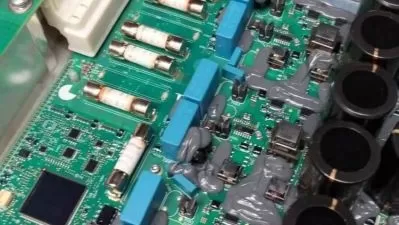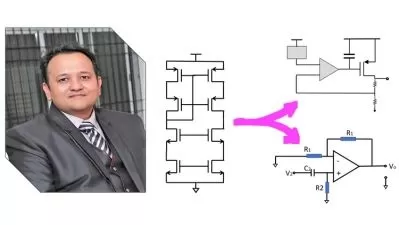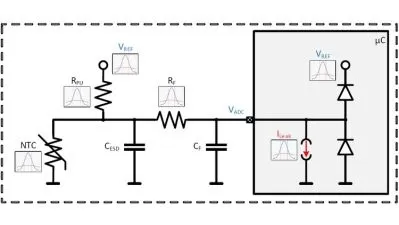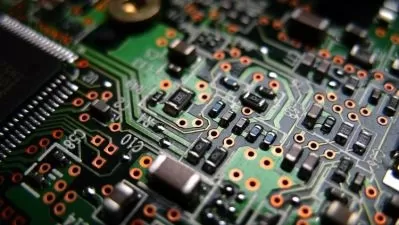Electronic Circuit Design Using SPICE
VPACHKAWADE Research Center
4:00:39
Description
How to design, simulate and do analysis of electronics hardware circuits
What You'll Learn?
- Design variety of electronic circuits
- Simulate and analyse variety of electronic circuits
- Design electronic hardware
- Simulate different analysis on electronic circuit
- How to use electronic circuit design software
- How to use SPICE and how to use it effectively
- Learn about SPICE netlist
- How to simulate diode circuits
Who is this for?
What You Need to Know?
More details
DescriptionInstaller file ( LTspice64.msi ) is given here as a downloadable materials. Just click to install in your computer.
Executable files (.asc) have been added on 26-05-2023. Just open them in LTspice schematic and run the simulations.
New contents are added on 25-05-2023
LTSpice is a free, open-source software tool used for simulating and analyzing electronic circuits. It was originally developed by Linear Technology (now part of Analog Devices) and is now widely used by engineers and hobbyists for designing and testing analog and mixed-signal circuits.
LTSpice uses a variety of simulation methods to analyze circuit behavior, including transient analysis, AC analysis, DC analysis, and more. It also includes a large library of components, allowing users to easily model and simulate complex circuits.
One of the key benefits of LTSpice is its ability to accurately model real-world components, taking into account factors like component tolerances, temperature effects, and nonlinear behavior. This makes it a powerful tool for both design and troubleshooting of electronic circuits.
LTSpice also includes a wide range of tools for analyzing and visualizing simulation results, including waveform viewers, frequency response analyzers, and more. This makes it easy for users to analyze and understand the behavior of their circuits.
Overall, LTSpice is a versatile and powerful tool for designing and testing electronic circuits, and is widely used by engineers and hobbyists around the world.
This course teaches how to effectively use LTSPICEÂ to design, analyse, and simulate simple and advannced electronic designs for real-time hardware developments.
Visit us on our website for details.
Who this course is for:
- Beginner designers curious about circuit and hardware design
- intermediate- to know the complexities in using SPICE
Installer file ( LTspice64.msi ) is given here as a downloadable materials. Just click to install in your computer.
Executable files (.asc) have been added on 26-05-2023. Just open them in LTspice schematic and run the simulations.
New contents are added on 25-05-2023
LTSpice is a free, open-source software tool used for simulating and analyzing electronic circuits. It was originally developed by Linear Technology (now part of Analog Devices) and is now widely used by engineers and hobbyists for designing and testing analog and mixed-signal circuits.
LTSpice uses a variety of simulation methods to analyze circuit behavior, including transient analysis, AC analysis, DC analysis, and more. It also includes a large library of components, allowing users to easily model and simulate complex circuits.
One of the key benefits of LTSpice is its ability to accurately model real-world components, taking into account factors like component tolerances, temperature effects, and nonlinear behavior. This makes it a powerful tool for both design and troubleshooting of electronic circuits.
LTSpice also includes a wide range of tools for analyzing and visualizing simulation results, including waveform viewers, frequency response analyzers, and more. This makes it easy for users to analyze and understand the behavior of their circuits.
Overall, LTSpice is a versatile and powerful tool for designing and testing electronic circuits, and is widely used by engineers and hobbyists around the world.
This course teaches how to effectively use LTSPICEÂ to design, analyse, and simulate simple and advannced electronic designs for real-time hardware developments.
Visit us on our website for details.
Who this course is for:
- Beginner designers curious about circuit and hardware design
- intermediate- to know the complexities in using SPICE
User Reviews
Rating
VPACHKAWADE Research Center
Instructor's Courses
Udemy
View courses Udemy- language english
- Training sessions 22
- duration 4:00:39
- Release Date 2023/07/11

















